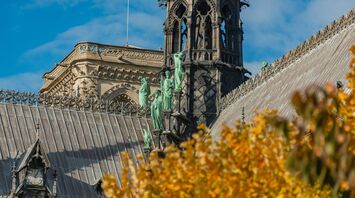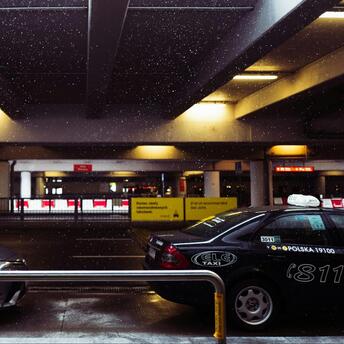Notre-Dame Cathedral: A Symbol of Resilience and Renewal

In April 2019, a devastating fire engulfed Notre-Dame Cathedral in Paris, causing extensive damage to this iconic monument. The blaze led to the collapse of the spire and significant portions of the roof, leaving the world in shock. In the aftermath, a global outpouring of support emerged, with donations exceeding €840 million by September 2021, underscoring the cathedral's profound cultural and historical significance.
Restoration Efforts and Challenges
The restoration of Notre-Dame has been a monumental task, involving meticulous efforts to preserve its Gothic architecture while incorporating modern safety measures. The process has faced numerous challenges, including structural vulnerabilities and the need to source materials that match the original construction. Despite these obstacles, the dedication of artisans, architects, and engineers has been unwavering, aiming to restore the cathedral to its former glory.
Anticipated Reopening
The French government has announced plans to reopen Notre-Dame Cathedral to the public in December 2024, marking five years since the tragic fire. This reopening is not only a significant milestone in the restoration process but also a testament to human resilience and the collective effort to preserve cultural heritage.

Visitor Experience and Cultural Significance
Upon reopening, visitors can expect to witness a blend of historical authenticity and modern restoration techniques. The cathedral's intricate stained glass windows, majestic organ, and iconic façade have been painstakingly restored, offering an immersive experience into its rich history. The reopening is anticipated to attract millions of visitors, reaffirming Notre-Dame's status as a symbol of French heritage and a beacon of global cultural significance.



















